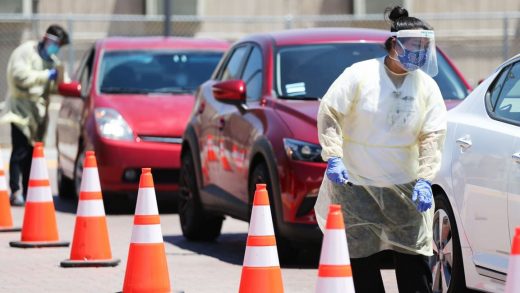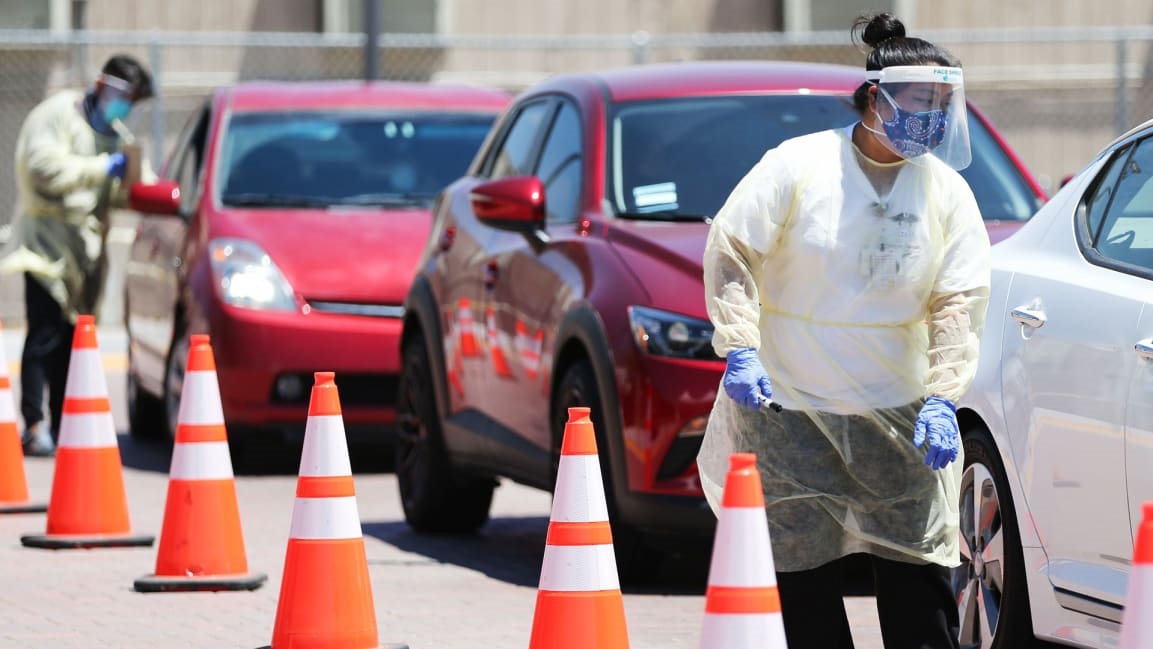America’s coronavirus testing is a disaster. Here’s how we could fix it
As delays in coronavirus test results plague countless cities and states across the country, it cannot be overstated how detrimental these haphazard testing operations are, not only to our nation’s public health, but also to any hope we have of getting our economy moving forward again.
When it comes to a virus that has an incubation period of two weeks, there is absolutely no point in taking a test if the patient has to wait more than a week for the results. These long delays render the results completely useless, not only for the patient, but also for the public health officials who need that data to make crucial decisions.
So how did we get to a point where 25% of the tests conducted in a city such as New York take at least a week to process? Or how in a state such as Georgia, results take upwards of 10 days? How is it acceptable that a diagnostics lab in Dallas could overbill governments, insurers, and patients at absurd rates such as $2,300 for a single test, while in other parts of the country prices range wildly from $20 to over $800?
The simple answer is that many of the testing operations that we’re watching fail us in real time are the product of an arcane healthcare system built to support layer upon layer of Kafkaesque bureaucracies as a means of multiplying profits by a magnitude. The same broken healthcare system that has failed Americans for years is now failing us when we need it most, making it difficult to adapt and innovate quickly.
Healthcare costs in the U.S. are often double or triple what they are in other countries.
Put simply, testing programs built on traditional healthcare methods rely on unintuitive patient assessment tools, seemingly endless supply chains, and labs that are disconnected from both the sample collection and result reporting processes.
These systems are prohibitively complicated and unnecessarily expensive, often leaving Americans on the outside looking in. In many places, wait times have averaged over two weeks, and in the worst cases, patients don’t even get a call if their test comes back negative.
That is both distressing for patients and a massive disservice to both our public health and economic goals.
It’s no secret that healthcare costs in the U.S. are often double or triple what they are in other countries, but they don’t have to be. In fact, much of the inefficiency in our healthcare system could be remedied by streamlining processes, leading to lower costs and increased access for patients. But if there’s one lesson to learn from this pandemic, it’s that the same holds true when it comes to testing at scale.
The key to running a successful testing operation, as I’ve learned as the CEO of Nomi Health, is that the process must be designed to be as seamless for patients and organizations as it is insightful to the public health officials who rely on quick testing data.
Everything starts with streamlining our supply chains and cutting out the middlemen. Traditionally, organizations rely on distributors, buying organizations, and group purchasing organizations (GPOs) for sourcing their healthcare needs. Instead of relying on the same vendors as every other city, state, and country, we at Nomi simply cut them out and looked for new ways to directly access equipment and testing materials directly from manufacturers.
We identified a local Utah-based diagnostics company that was shipping FDA-authorized tests to countries in Europe, but not states in the U.S., and were able to source millions of tests. We repeated the same process for swab and transport kits, extraction materials, and all other consumable products we needed. By cutting out the players who traditionally slow down the process, each taking their own cut, we lowered costs and rebuilt conventional supply chains so we control the entire life of the test kit—from sourcing to purchase to delivery.
A successful testing operation also requires leveraging technology to give patients a seamless user experience. This includes everything from allowing them to take an online health assessment and scheduling an appointment, to the ability to track their test sample and results. A simple feature such as scheduling allows for patients to arrive at a testing location and get swabbed immediately, rather than needlessly waiting in line for hours.
The effects have been noticeable. TestUtah has been able to notify patients within an average of 36 hours, while both TestNebraska and TestIowa have averaged a test-result reporting time of under two days.
Finally, traditional testing programs that rely heavily on analog technologies such as phone assessments or in-person appointments aren’t able to capture data in real time. We designed our testing programs to digitally capture data at each step of the testing process so that we can conduct standard quality control. Capturing data also allows public health officials to identify trends and quickly move testing sites to where they are needed most.
America’s testing woes are not owed to a lack of clinical expertise, but the lack of a process to get it right. In the face of a pandemic, the size and scope of which we’ve never met before, the real issue has been the predictable unwillingness of our healthcare institutions to innovate and adapt.
The states making the most progress in their testing programs, and the ones closest to fully restarting their economies, are the ones that weren’t afraid to take a bolder approach to healthcare. We need to see more cities, states, and businesses do the same.
Mark Newman is CEO of Nomi Health, a healthcare and testing solutions provider for states, cities, and employers.
(9)



